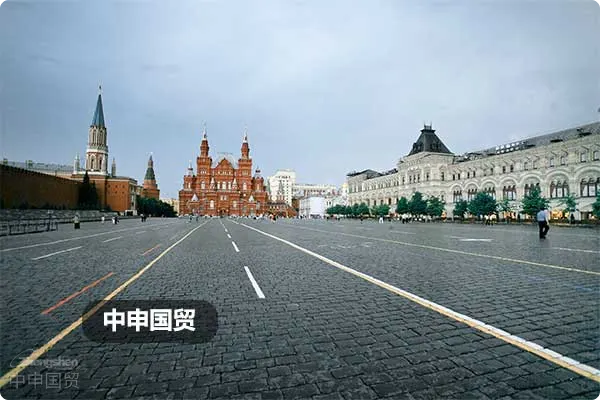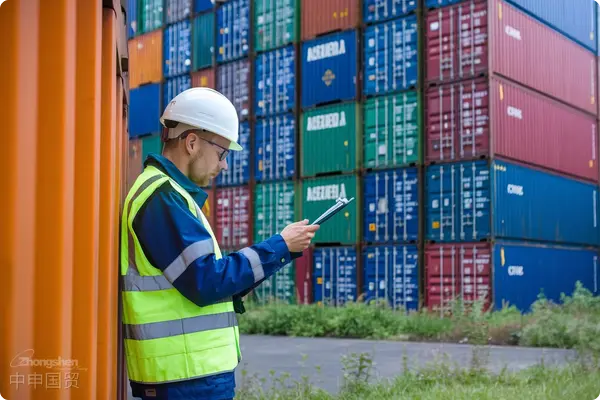- Shanghai Zhongshen International Trade Co., Ltd. - Two decades of trade agency expertise.
- Service Hotline: 139 1787 2118
In April 2024, bilateral trade between the two countries experienced significant fluctuations. According to the latest customs data, Chinas exports to Russia reached $8.32 billion this month, a 13.5% year-on-year decrease, while imports grew by 19% to $11.45 billion. This data indicates that after months of continuous decline, the drop in Chinas exports to Russia has narrowed.

Although China-Russia trade growth began slowing in the first two months of 2024, Aprils data reveals more complex trends. After the US intensified sanctions against foreign financial institutions with military ties to Russia in late 2023, many banks tightened trade settlements with Russia to avoid risks. The US Executive Order 14114 issued on December 22, 2023 expanded sanctions authority against foreign financial institutions conducting significant transactions with Russias military-industrial base. This new policy directly affected Chinese companies export behavior to Russia.
Against this backdrop, Chinese companies continuing to export to Russia must face increased international political and economic risks. Additionally, Russias economic conditions and payment capabilities may influence Chinese exporters decisions. Although total exports declined, certain sectors like energy and raw materials maintained growth, reflecting Russias strong demand in these areas.
From another perspective, Chinas import growth demonstrates strong Chinese market demand for Russian products, particularly in energy and raw materials. With global energy market fluctuations, Russias energy exports as a major crude oil and natural gas supplier have become particularly important to China. Moreover, Russias metal and mineral resources are essential raw materials for Chinas heavy industry and manufacturing sectors.
Behind this complex trade relationship lies the reality of economic interdependence. China and Russias geopolitical cooperation, along with their strategic complementarity in aligning the Belt and Road Initiative with the Eurasian Economic Union, drives both sides to seek closer economic collaboration. However, international political volatility and external sanctions pressure also introduce uncertainty to bilateral trade relations.
Related Recommendations
? 2025. All Rights Reserved. 滬ICP備2023007705號-2  PSB Record: Shanghai No.31011502009912
PSB Record: Shanghai No.31011502009912









